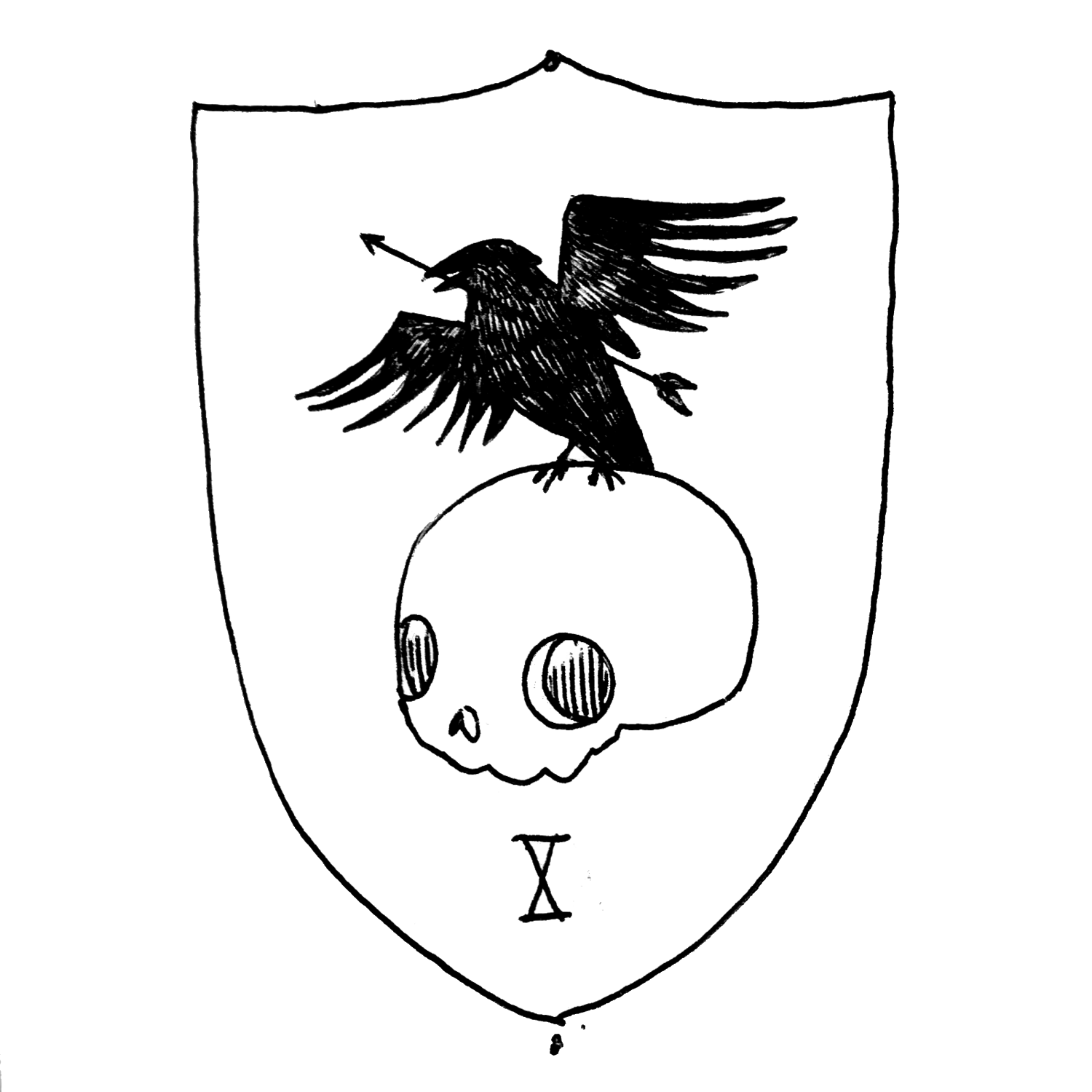Building a Fantasy Calendar
Editors Note: This is the leavings of a pseudo-commercial project that fizzled out. It may be published later, but for now, enjoy!
I had to make a calendar for my game. I mean. I didn’t have to, but I wanted to. There is something about being able to track time that makes the world more visceral. “Time passes…” now means something. With a calendar days turn into weeks turn into seasons, turn into years. This was inspired by Matthew Colville’s 30-minute screed on the use of time in D&D.
What makes your calendar special?
This calendar is close to the real world, with a few adjustments to make everything line up
A Year is 364 days and made up for 4 seasons
A season is 91 days (it has 3 whole months and 1 holiday) and always begins on a Monday
Each month is 30 days and uses standard month names
Each cycle of the moon is also 30 days, and the full moon is always on the 15th
It includes weather cycles and the average amount of daylight per month.
In the real world, our calendar is complex: Months have different numbers of days, seasons begin in the middle of months, and the moon is out of cycle with everything (with its beautiful 29.5-day cycle). All of the adjustments above make my calendar easier to use but are small enough to not change what happens each month. It is still relatable to your players (at least those that live in the midwestern United States). July is still hot with long days and January is still cold and dark.
Why not use a fantasy calendar?
You could. I find that the problem with using a radically different fantasy calendar is that it isn’t as relatable to you or your players. It takes a lot of effort to connect that “Uktar” means something like “November”. Pelor help your casual players if your calendar has 14 months in a year and 8 days a week.
Do I really have to track time to make D&D work?
No. It is rarely essential to track time during a role-playing campaign and your world can languish in an eternal and unquestioned spring or summer. However, tracking time allows you, the game master, to give your world a layer of depth that ageless campaigns are unable to achieve. Simply put, the world becomes a character, as seasons change, so does the weather, the light, and the rhythm of life for everyone in your world. Regardless of what the player characters do, the world around them keeps on ticking, and before they even realize it, the game world expands.
Tracking time also creates history in the world. If your adventure begins in the 3,007th year of the Eastlyn calendar, that has a myriad of impacts on your players, even if they fail to question what that means for multiple sessions. Furthermore, when you use a calendar, time becomes a resource that players will learn to manage along with rations, gold coins, and spell slots.
Finally, tracking time (and consequently weather) gives you instant prompts for narrating moments in the world. Consider the passage below.
You finish healing on Sunday and wake up before the first light on Monday. By the time you prepare your gear, you see the first light peeking over the horizon. It’s about 6:00 AM. As you move through the town, it is deathly quiet. The remnants of the local Solstice celebration litter the streets. You sidestep puddles of ale and your boots crunch on an errant scattering of walnut shells. You hear satisfied snoring wafting from the open windows of several houses as you point your feet toward the ruins. As soon as you feel the sunlight, warm on your back as you pass through the gates, you know that by midday it is going to be a very hot day.
This portrays an additional depth and paints a picture of your world, all of which is derived from date.
Alright, you convinced me. Show me the calendars.
Here - With temperate weather from Des Moines, IA
Here - With desert weather from Cairo, Egypt
Here - With tundra weather from Fairbanks, AK

